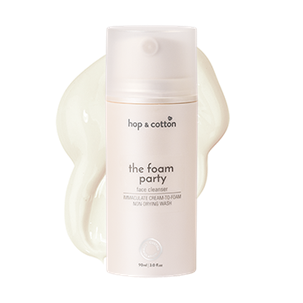Focus & Fixes – Sensitivity & Reactivity

Sensitive skin reacts to easily various triggers. These reactions often appear as redness, breakouts, blisters and rashes.
Why so sensitive?
Sensitive individuals have a thin stratum corneum (outermost skin layer). This translates to lower tolerance to things like temperature changes or certain cosmetic ingredients or chemicals.
Daily routine focus
Like dermatitis sufferers, avoid products with common irritants/allergens* like fragrance (including natural essential oils).
- Avoid extreme temperatures
- Gentle and rinses off completely
Keep to room temperature to lukewarm water at most. Avoid icy cold or steaming hot temperatures.
Choose a gentle cleanser that rinses off completely. It should not strip nor leave surfactant residue after washing. Choose non-foaming cleansers if you are also very dry.
- Anti-irritants
- Barrier-repairing
- Moderation
Calming ingredients(e.g allantoin, bisabolol) are great for reducing redness and inflammation.
Niacinamide (vitamin B3) promotes skin ceramide production, reinforcing its barrier function.
Too much of a good thing (e.g. Vitamins A, C, acids) can be a bad thing, especially for sensitive skin. Don’t combine too many actives or use them at high concentrations. Balance is important!
- Humectants and emollients
- Timing
Your face moisturiser should contain both humectants and barrier-enhancing emollients (e.g. squalane and lanolin.) Together, they combat dryness by increasing water content and reducing water loss.
Our skin is the most receptive when slightly damp. To get the most out of it, apply moisturiser on face/body within 3 minutes after washing to lock in maximum moisture.
Other tips
If you’ve done everything correctly and are still bothered by redness and visible capillaries, consider vascular treatments offered by your dermatologist. They are highly effective with low risk and discomfort.
Although sensitive skin can be fussy, a simple routine is enough to keep it healthy and happy!
*common skin irritants/allergens
Fragrance (natural or synthetic)
Naturally fragrant botanicals (e.g clove, cinnamon, nutmeg, star anise, basil, lemonbalm, lemongrass)
Potent preservatives (methylisothiazolinoe, methylchloroisothiazolinone, DMDM hydantoin, imidazolidinyl urea)


